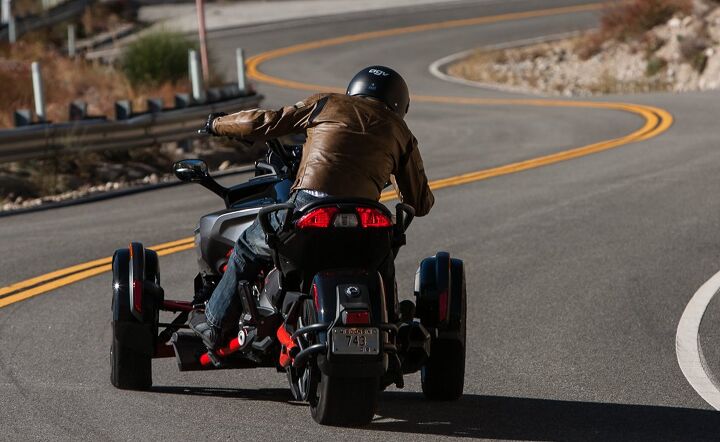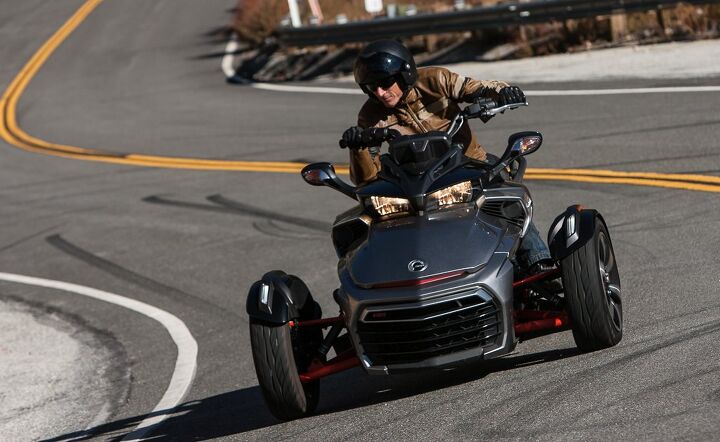SpyderSkeets
New member
Hi folks!
I've been enjoying the hell out of my F3-T. However, I am still pretty apprehensive to see what it can do on the curves and Twisties and take them rather slowly. I realize the "Nanny" mode would kick in to prevent a disaster and every circumstance is different but was hoping you could share your advice, suggestions, and experiences with the curves and Twisties.
Thanks!
SS
I've been enjoying the hell out of my F3-T. However, I am still pretty apprehensive to see what it can do on the curves and Twisties and take them rather slowly. I realize the "Nanny" mode would kick in to prevent a disaster and every circumstance is different but was hoping you could share your advice, suggestions, and experiences with the curves and Twisties.
Thanks!
SS
Last edited:


